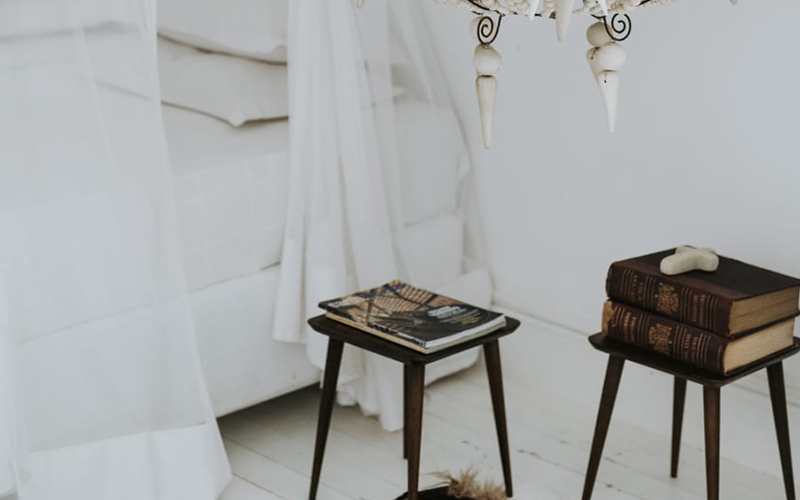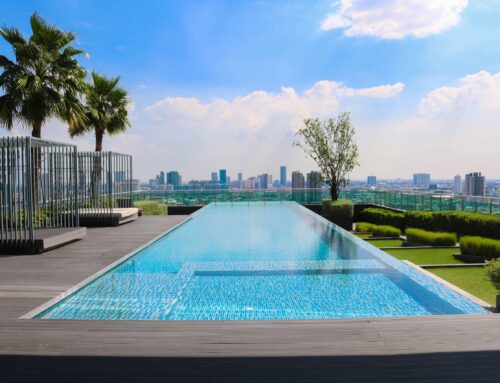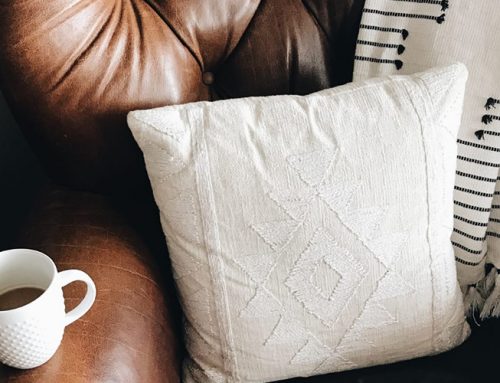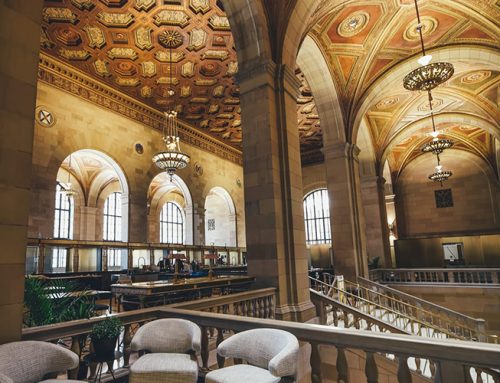Bushfires
Embers floating through the air before and after the main fire front are responsible for destroying many houses, as the embers land in gutters or through windows that have smashed from the heat. Fires also start from burning debris that piles up on verandas or in doorframes, or thick vegetation close to the home can cause timber posts and decks to ignite. Bush Fire Prevention inside and outside As part of your Architectual Services, there are many ways to prevent the embers from destroying your home and is part of the BAL that your builder will require for a permit to be issued.
The following guidelines will help you to prepare for the upcoming fire season.
Bushfire prevention outside the house
Regularly clean out gutters and other roof fittings – they collect leaves and debris, which are extremely flammable.
If you have a woodpile, which is a fuel source, site it well away from the house.
Prune any trees that are close to the house, as overhanging branches will fuel a fire.
At ground level, keep grass short and regularly rake up leaves.
Purchase at least one garden hose that reaches the perimeter of your property.
Regularly recycle newspapers and cardboard. Don’t store piles of recycling material close to the house.
Store flammable liquids and paint away from the house.LPG gas bottles should have the valve facing away from the house.Pool chemicals can ignite if placed near other flammable liquids so store them separately from other potentially dangerous chemicals.
Other important bushfire safety tips
Do not take shelter in your swimming pool as your head and other exposed body parts will be susceptible to radiant heat.
Don’t empty your pool, which could be used as a water source for fire brigades.
Stay with your home to put out potential spot fires.
You must evacuate if told to do so by fire authorities.
Have family/friends, treasured possessions and pets on hand, so evacuation is fast.
Have an evacuation plan.Make sure your insurance is up to date and adequately covers your property and its contents.
Home fire safety
Bushfire prevention inside the home
Smoke alarms
By law, every home must have at least one smoke alarm on each level. Make sure they are tested regularly – use the changeover to daylight savings to prompt your memory. Most melbourne builders are very aware of this.
Deadlocks
There have been a number of fatalities caused by homeowners deadlocking themselves inside the house and then not being able to escape from a fire. Ensure keys to locked doors are easily accessible by everyone; ideally, they should remain in the lock, on the inside.
Bush Fire Prevention inside and outside Special safety windows can installed into homes if you live in a bushfire prone area. (See Pilkington Glass and Trend Windows & Doors for more details of these products) or speak to your Draftsperson.
Heat your home safely – as tempting as it may be to warm your clothes on the heater, this is a real fire hazard.
Never leave incense or candles unattended and ensure cigarettes have extinguished completely before discarding.
Devise an escape plan for your family in the case of a fire.
Supervise children – protect them from fire and potentially starting a fire.
Consider purchasing a portable pump to use water from your swimming pool or water tank.
Kitchen
Forty-five per cent of all house fires start in the kitchen.
Never leave a hot stove unattended and double-check that all cooking appliances have switched off after use.
Keep tea towels, oven mitts, hand towels and other flammable items away from the cooking area.
Pot handles should face inwards when cooking to avoid knocked over.
Water does not extinguish oil or fat-based fires – it can enhance them. Keep a fire blanket or suitable fire extinguisher in the kitchen area.








